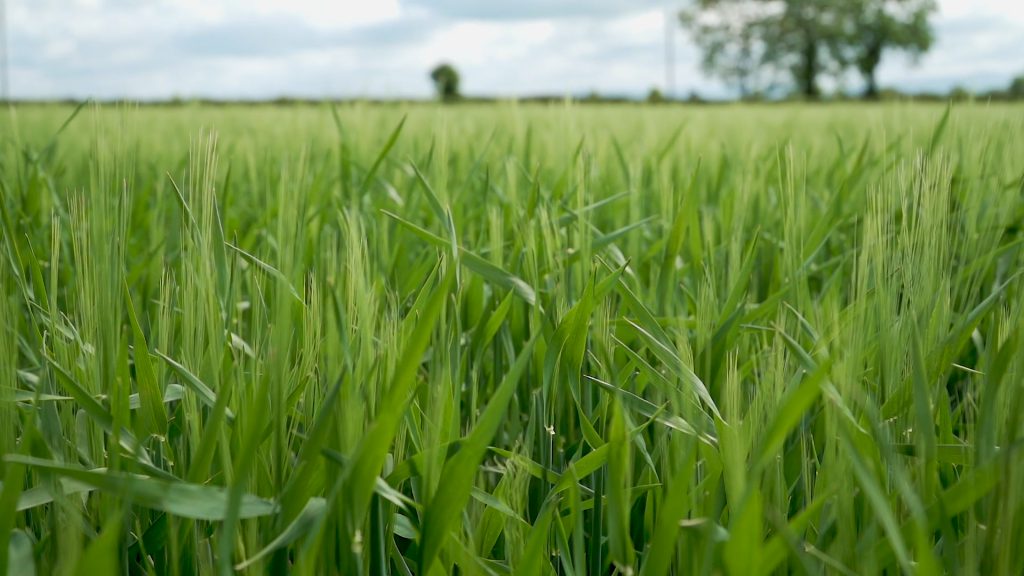The Potash Development Association (PDA) has published a newsletter highlighting the nutritional requirements of winter cover crops and herbal leys.
These land use options have been profiled in terms of their ability to improve soil fertility.
While this may be true for nitrogen (N), due to the proportion of legumes in the mix, this will not be the case for phosphorus (P), potassium (K) and sulphur (S).
Clover can require significant amounts of P due to the role this nutrient plays in root development, nutrient uptake and growth.
Furthermore, as P is a vital component of the ‘energy compounds’ within a plant, and as the fixation of atmospheric N is an energy hungry process, its efficiency is heavily reliant on plants having access to sufficient levels of phosphate.
Potash is very important in the microbiological fixation of N by root nodules in legumes, therefore is also an important nutrient for herbal leys, especially those which contain a large proportion of legumes.
Clover, along with all legumes, also has a higher requirement for sulphur (S) than grass.
Farming in an insecticide-free world
The move towards ‘regenerative agriculture’ over the last few years has driven interest in reducing or eliminating the use of insecticides on farm.
While clearly it would be hoped that these chemical solutions are only ever used appropriately, through monitoring pest thresholds where possible, just stopping using these products without making any additional changes could be a recipe for disaster.

Many virus diseases in the UK and Ireland affect different crops through transmission by specific aphid species.
Barley yellow dwarf virus (BYDV), for example, can often have significant economic impacts. Although not all aphids carry the viruses.
However, even within scenarios where disease is not the issue, aphids can also cause wilting, distortion, or stunting of plant shoots.
The role of K in mitigating crop damage due to insects is complex. The element plays an important physiological role including build-up of resistance to insect pests.
Adequate amounts of K have been reported to decrease the incidence of insect damage considerably.
For example, plants well supplied with nitrogen and insufficient K have soft tissue with little resistance to sucking and chewing pests.
Adequate levels of K in plants leads to a reduction in free sugars, lowering the likelihood of attracting insect pests, whilst the tissue yellowing symptoms of K deficiency acts as a signal to attract aphids.
In addition, a sufficient K supply tends to harden plant structures, strengthening cell walls, leading to thicker and harder stems and leaves.
This hardening of plant structures improves mechanical resistance to feeding of insects especially sucking insects such as aphids.
Independent studies also suggest that K also has a negative impact on the growth and development of sucking pests.
